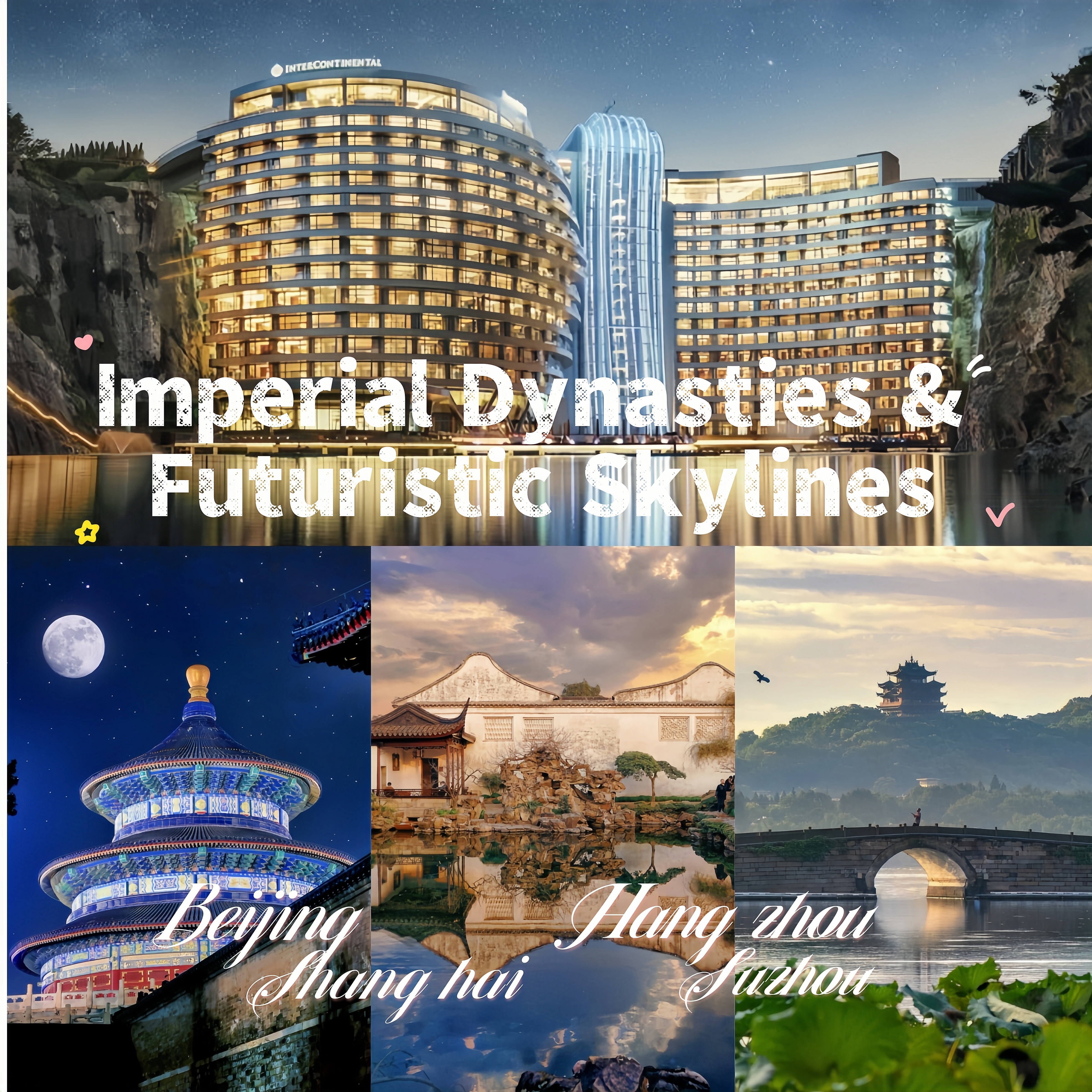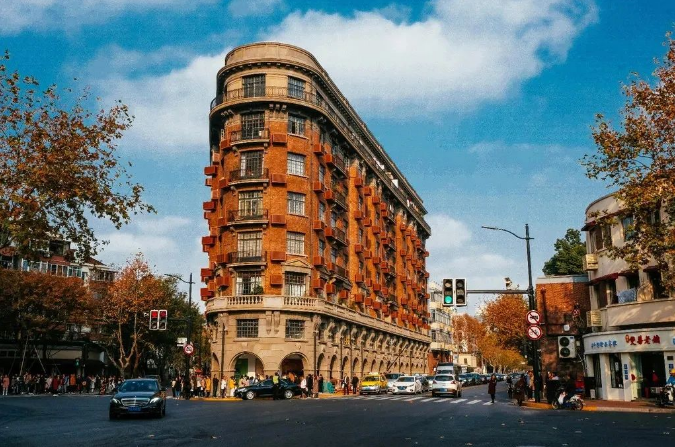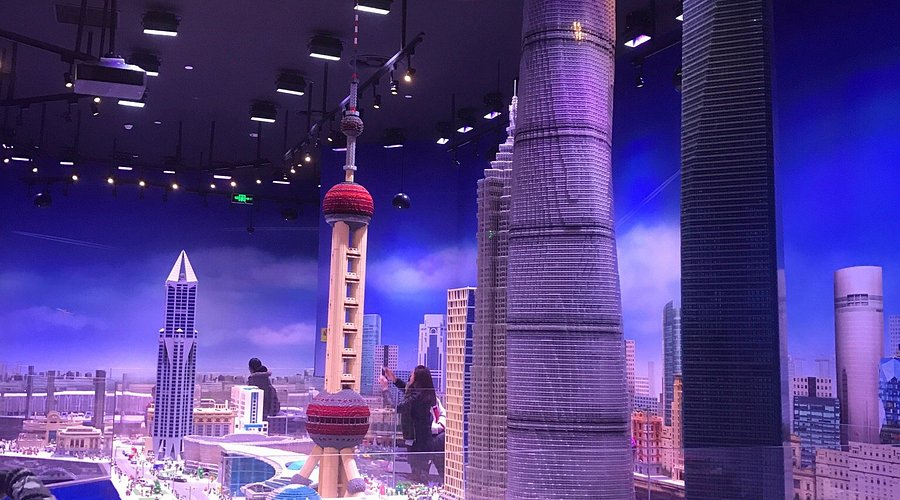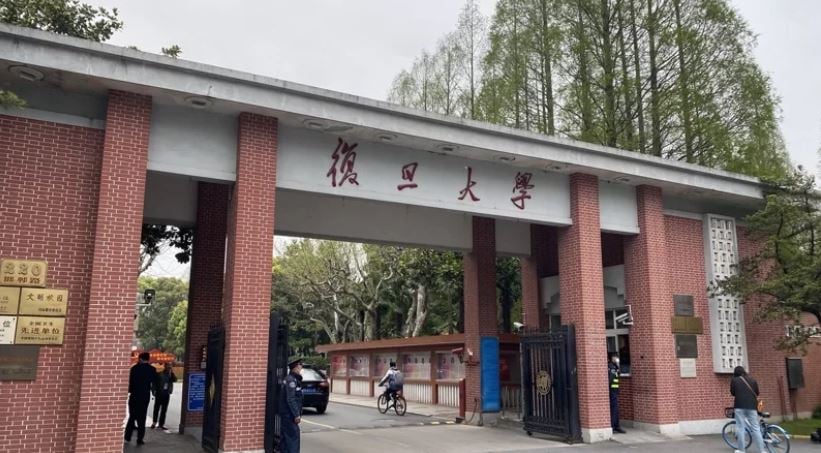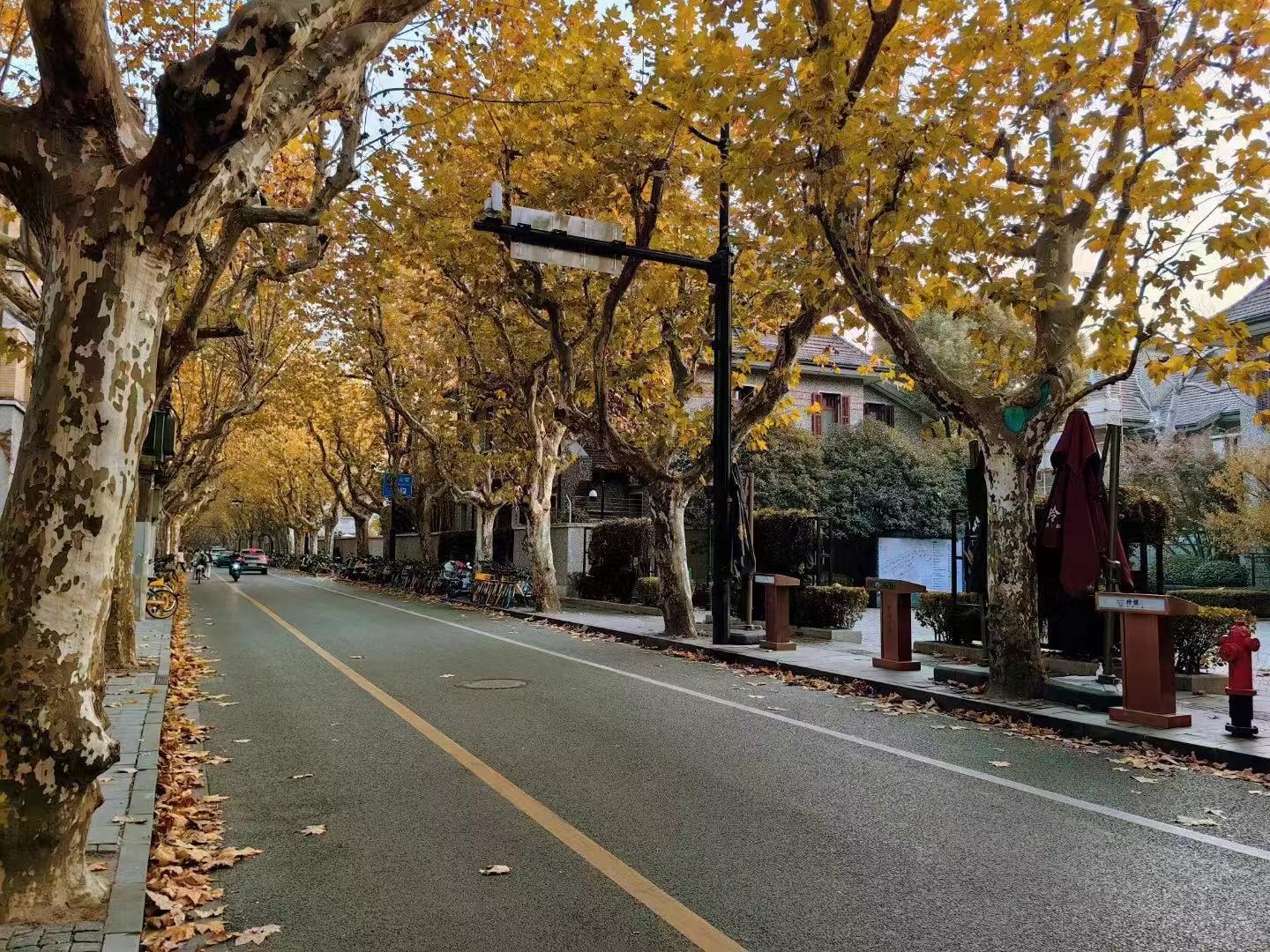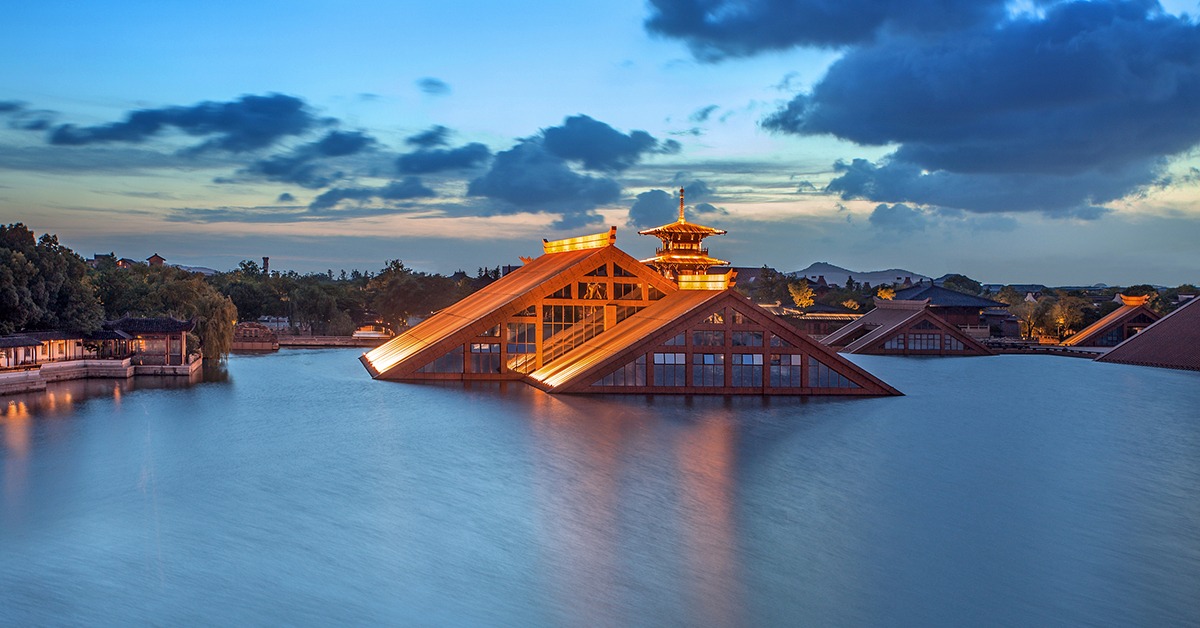



Guangfulin Relics Park
The Guangfu Lin Ruins are a Neolithic site. The cultural layers of the Guangfu Lin Ruins are divided into three layers. The upper layer is the Wu-Yue culture layer from the Spring and Autumn-Warring States period, the middle layer is the Maqiao culture layer from the Xia-Shang period, and the lower layer is the Liangzhu culture layer from the Neolithic period. The unearthed pottery shards with the characteristics of the Henan Yufang culture can be used to infer that the earliest ancestors of the people in Shanghai were from Henan. The remains of the Maqiao Culture and Songze Culture unearthed, etc., are witnesses to the life of the prehistoric people in Shanghai. The discovery of the Guangfu Lin Ruins has clarified the stratigraphic relationship between the Songze Culture, the Liangzhu Culture and the Guangfu Lin Culture, and has enriched the cultural sequence of the Neolithic period in the Taihu Lake region.
Information
Ticket price
Time
Location
3260 Lane, Guangfulin Rd, Songjiang District, Shanghai, China
View maps
More about the trip
Guangfulin Relics Park: Tracing Shanghai's Ancient Roots
The Guangfulin Relics Park, located in Songjiang District, Shanghai, is a significant archaeological site and cultural park that unveils the ancient history of Shanghai. It is a Neolithic site, and its cultural layers are divided into three: the upper layer is the Wu-Yue culture layer from the Spring and Autumn-Warring States period, the middle layer is the Maqiao culture layer from the Xia-Shang period, and the lower layer is the Liangzhu culture layer from the Neolithic period. The unearthed pottery shards with the characteristics of the Henan Yufang culture can be used to infer that the earliest ancestors of the people in Shanghai were from Henan. The remains of the Maqiao Culture and Songze Culture unearthed, etc., are witnesses to the life of the prehistoric people in Shanghai. The discovery of the Guangfulin Relics has clarified the stratigraphic relationship between the Songze Culture, the Liangzhu Culture and the Guangfulin Culture, and has enriched the cultural sequence of the Neolithic period in the Taihu Lake region. It offers a unique blend of historical insight, natural beauty, and modern design.
What to See and Do
Underwater Museum: A unique feature of the park is its partially submerged museum, where you can view archaeological artifacts and exhibits through glass walls, giving the impression of being underwater. This innovative design allows visitors to experience the relics in a unique way.
Archaeological Site: Explore the actual archaeological excavation sites, where you can see the layers of ancient cultures and the remnants of prehistoric settlements.
Cultural Exhibition Hall: The main exhibition hall provides a comprehensive overview of the Guangfulin culture, its history, and its significance in the development of Shanghai and the Yangtze River Delta region. Displays include artifacts, models, and multimedia presentations.
Traditional Architecture: The park features reconstructed traditional buildings and landscapes that reflect the ancient cultures, providing a sense of what life was like in prehistoric times.
Lakes and Gardens: The park is beautifully landscaped with lakes, gardens, and green spaces, offering a serene environment for a leisurely stroll.
Photography: The unique blend of ancient relics, modern architecture, and natural scenery provides excellent opportunities for stunning photographs.
Best Time to Visit
The park is suitable for visiting year-round. Spring and autumn offer the most pleasant weather for outdoor exploration. Weekdays are generally less crowded than weekends and public holidays.
How to Get There
Guangfulin Relics Park is located in Songjiang District, Shanghai. Take Metro Line 9 to Songjiang University Town Station (松江大学城站), and then take a short taxi ride or a local bus (e.g., Songjiang Bus 15, 24) to the park.
Travel Tips
Wear comfortable shoes: You'll be doing a lot of walking around the extensive park.
Allow ample time: Plan for at least 2-3 hours to explore the park and its museums thoroughly.
Educational focus: This park is particularly interesting for those with a keen interest in archaeology, ancient history, and the origins of Shanghai.

